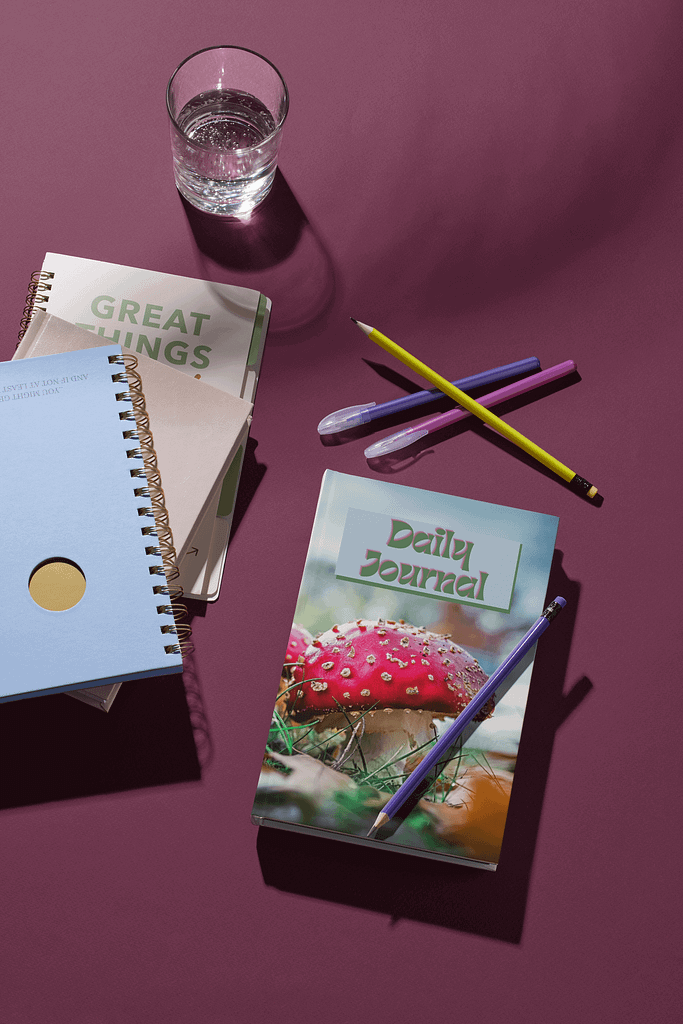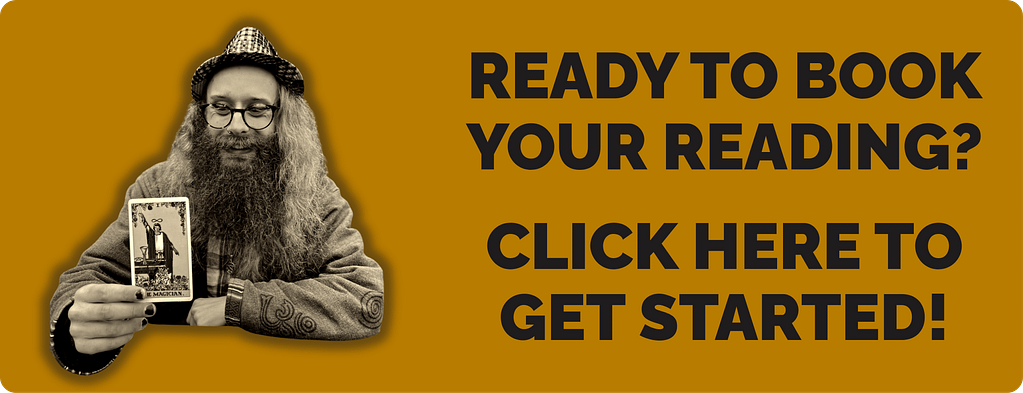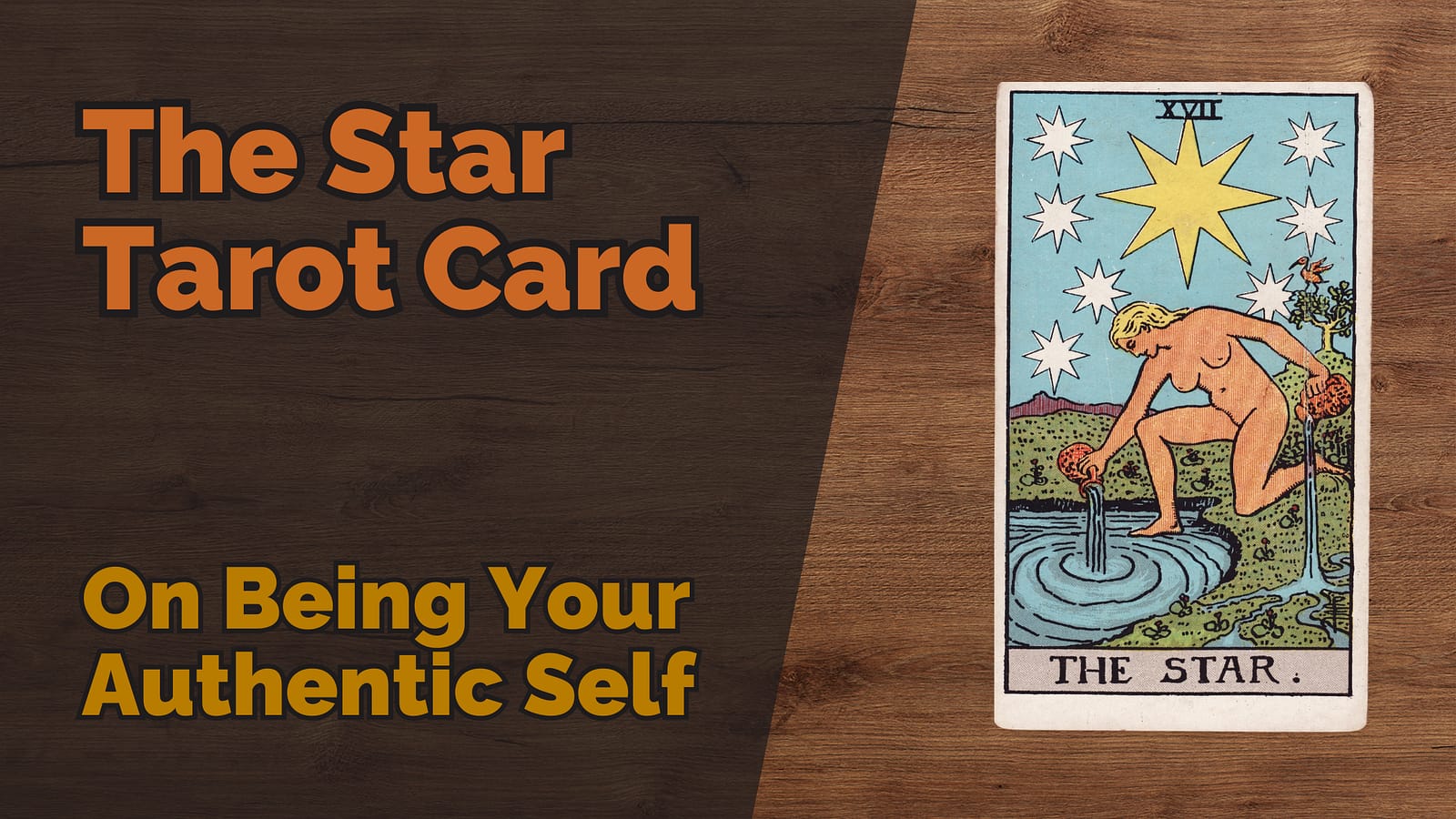
Table of Contents
You know that feeling when everything is just too much? Not in a dramatic way, just in a slow, creeping kind of way. You’re tired. You’re checked out. Your motivation is gone. You’re doing the bare minimum to get through the day. Every little thing feels heavier than it should. That’s what it feels like when you’re emotionally drained. Or worse, when your cup is full of something stagnant.
I take a glass of water to bed with me every night. It’s one of those little rituals that became a habit without me thinking about it. But I’m not great at remembering to bring the glass back down the next day. So by the end of the week, there are usually three or four half-finished glasses stacked up next to the bed. Some of them have been there for days. The number of times I’ve reached for a drink in the middle of the night and tasted that weird, stale flavour? Too many. Water doesn’t stay fresh forever. If it sits still long enough, it gets gross.
That’s exactly what happens with emotions. When you don’t let them flow, when you don’t process them or even name them, they sit in your system. They stagnate. They sour. You don’t notice at first. But eventually, you go to take a sip and realise that what’s left is undrinkable. And yet it’s still taking up space.
The suit of Cups in tarot speaks to that emotional space. It represents love, grief, intuition, disappointment, connection, and empathy. It’s a suit that moves like water. And like water, it needs movement to stay fresh. If your emotional cup is full of old stories and unprocessed pain, there’s no room for joy. If it’s bone dry from overgiving, there’s nothing left for anyone else or for yourself. That’s what it means to be emotionally drained.
This post uses the Cups framework because it comes up in my readings all the time. Whether you’re new to tarot or have been pulling cards for years, this idea of the emotional cup is something many of us resonate with. Tarot gives us a way of seeing what’s been avoided, and what’s ready to be released or refilled.
Why Your Emotional Cup Matters When You’re Emotionally Drained
What Is Emotional Capacity?

Everyone has a limit to how much they can hold. That includes thoughts, feelings, needs, stressors, conversations, and responsibilities. Emotional capacity is a way of talking about your ability to manage what’s going on inside you and sometimes what’s going on in everyone around you, too. It fluctuates. Some days, you can handle anything. On other days, one minor comment tips you into a spiral. It’s not just about resilience. It’s about maintenance.
When you ignore your emotional needs or take on too much from others without replenishing yourself, your cup doesn’t just empty. It becomes clogged with everything you’ve been avoiding. Processing emotions in real time makes space. Avoiding them stores them for later. That’s often what leads to feeling emotionally drained.
What Happens When You’re Feeling Emotionally Stuck and Drained
If you’ve ever felt disconnected from your own feelings, like you’re numb, going through the motions, or weirdly detached from your own life, that’s a sign your emotional cup might be stuck. When your capacity is maxed out and nothing is moving, even small things can feel impossible. You might find yourself snapping at people or withdrawing entirely. You might feel like you don’t care about things you used to care about. You might cry more than usual or not at all.
It’s not because you’re broken. It’s because your system needs to move something through. This kind of emotional stagnation is common when you’re emotionally drained. To get unstuck, we need emotional release. We need ways to emotionally regulate.
10 Ways to Emotionally Regulate and Release
1. Name What You’re Feeling
One of the simplest and most powerful things you can do is name your emotion. It sounds basic. But naming how you feel gives shape to what was previously just tension in your chest or chaos in your mind. It turns fog into language. And it helps your brain regulate what’s happening internally.
You don’t need to analyse anything. Just say it. I feel anxious. I feel unimportant. I feel bitter. I feel exhausted. You can feel more than one thing at once. You probably are. Naming emotions helps calm the body’s stress response and reduce the sense of overwhelm.
Putting feelings into words lowers emotional intensity. It’s a small act that changes everything. It helps you deal with emotions instead of ignoring them.
I find naming what I’m feeling helpful when I remember to do it. But honestly, I often forget. When I do pause and name it, it’s like taking a deep breath for my brain. Everything softens just a bit.
2. Journal What You Can’t Say Out Loud

Sometimes emotions are too tangled to name in a sentence. That’s where writing helps. Journaling lets you dump everything out without needing to make it coherent or kind. You can rant. You can cry on the page. You can write the thing you’d never say aloud.
Writing about emotional experiences improves well-being. It helps you process, integrate, and move on. It’s a simple but powerful way to deal with negative emotions before they pile up.
I’ve tried journaling on and off for years. I’m pretty erratic with it. Sometimes it helps. Sometimes I get annoyed with myself and stop. But when I do manage to stick with it, even just for a few days, it clears space I didn’t realise I needed.
Try: “What’s filling my cup right now that no longer belongs?” Or: “What haven’t I said that needs saying?”
3. Let Yourself Cry
Crying is not a weakness. It’s biology. It’s one of the ways your nervous system resets after stress or overwhelm. The idea that crying makes things worse is a lie. What makes things worse is holding it in until your body forces it out through shutdown, anxiety, or rage.
Crying releases emotional tension and signals safety to your nervous system. Letting yourself cry is a way of letting your body finish a story it’s been trying to tell. You don’t need a crisis. Sometimes you just need space to fall apart for a few minutes and come back to yourself. That’s a form of emotional release.
Honestly, I cry at EastEnders. Constantly. I think watching something emotional gives me an excuse to let it out. Sad documentaries, big reunion scenes, sitcoms… even a quiet episode of something light can tip me over. Half the time, I don’t even know what I’m crying about until it’s halfway out. I think it’s just my body saying, finally, here’s the moment. Let it go.
4. Move Your Body

Emotion lives in the body. That’s not a metaphor. Your heart races, your stomach clenches, your muscles tighten. When you move your body, you help shift those emotional states physically, even if you don’t fully understand them cognitively.
Exercise is a proven way to shift emotional tension. You don’t need to go for a run or lift weights. You can dance, shake your arms, stomp your feet, and stretch on the floor. The goal is to release. Not to achieve.
I used to feel like I couldn’t do this. Movement was for sporty people, not for me. I was always picked last at school. That stuck. But now I run, do yoga, even just walk. Even badly. Even reluctantly. Even a little. And I always feel better afterwards. Running by the canal in Manchester or through a park with birdsong helps me deal with overwhelming emotions and come back to myself.
5. Deep Breathing Resets Your Nervous System
When you’re overwhelmed, your breath changes. It gets shorter. Shallower. Faster. That’s your nervous system reacting to stress. And the easiest way to interrupt that cycle is to consciously change your breath.
Deep breathing resets your nervous system. Try breathing in slowly through your nose for four counts, holding for seven, and breathing out through your mouth for eight. It slows your heart rate and signals to your body that you’re safe. It’s one of the most underrated ways to emotionally regulate.
This one has genuinely saved me. When I worked at Apple, things would get hectic. I’d be dealing with customer after customer, and sometimes I’d feel like I was going to spiral. So I’d go out the back for a minute or two, open the Breathe app on my Apple Watch, and just follow the rhythm. Inhale. Exhale. It made a difference. Not long-term, but enough to keep me going. Enough to come back to myself for a second.
6. Create Something That Moves the Feeling Out of You

You don’t need to be an artist to benefit from creativity. Drawing, painting, singing, sculpting, making a collage… these are all ways to move emotions out of the body and into something you can see or hear or touch. The goal isn’t to make something good. The goal is to make something true.
Creative expression helps process and release difficult emotions. You might surprise yourself. You might write a poem you didn’t know you needed. You might rip up paper and throw it. You might play the same chord for twenty minutes. It’s all valid.
Emotions often show up through metaphor before they show up in language. Creativity can help you deal with emotions you don’t yet have words for.
7. Connection Restores Emotional Capacity
Humans are social creatures. That’s not sentimentality. It’s survival. When we feel connected, safe, and seen, our bodies calm down. We regulate each other without even realising it. A hug, a conversation, or even just sitting next to someone can ease emotional tension.
Social support helps you recover from stress and trauma. You don’t need to talk about the thing that’s bothering you if you don’t want to. Sometimes, just being in the presence of someone who cares about you is enough to start refilling your cup.
When you’re emotionally drained, connection helps you feel human again.
8. Nature Clears Emotional Clutter

You are not built to stare at screens all day. You are not built to process everything through words. Sometimes the best way to reset your emotional system is to be around things that don’t need anything from you: trees, sky, birds, water.
Spending time in nature improves emotional health. You don’t need a forest. A park, a garden, a patch of sky out the window is enough. Breathe it in. Let your eyes adjust to something organic. Let your shoulders drop.
When I go running, I usually head for the canals or one of Manchester’s quieter parks. The stillness, the birds, the open space… it helps me come back to myself. My mind slows down. Sometimes I don’t think at all, and that’s even better. It’s not about fitness. It’s about finding space inside and out.
Touching grass is a real thing. Trolls on the internet have ruined the phrase, but it’s valid. Touch grass. It helps.
9. Self-Compassion Helps Emotions Move Instead of Sticking
When you judge yourself for how you feel, you get stuck. You layer guilt on top of grief, or shame on top of sadness. That doesn’t help you feel better. It helps you stay frozen. The opposite of that is self-compassion: responding to yourself with the same care you’d offer someone else in your situation.
Being kind to yourself improves emotional resilience. Try changing your inner monologue. Instead of “What’s wrong with me?”, try “This is hard, and I’m trying.” Instead of “I should be over this by now,” try “This still matters to me, and that’s okay.”
Self-compassion helps you deal with overwhelming emotions without adding more pain.
10. Support Is Allowed

You don’t need to do all this alone. If you’ve been feeling stuck for a while or your emotional cup feels cracked rather than just full, talking to a therapist or someone you trust can really help.
Getting support helps you process emotions safely and sustainably. Therapy isn’t about fixing you. It’s about having space, the right tools, and someone walking alongside you as you work through it. Support can be the difference between staying emotionally drained and finding a way forward.
Therapy has helped me a lot in the past. There were times when what I needed most was just someone who wasn’t tangled up in my everyday life. Someone who could hear what I was saying and gently reflect it back. You don’t have to do it forever. But sometimes it’s enough to get you unstuck.
Choose What Helps You Refill Your Cup When You’re Emotionally Drained
You Don’t Have to Do All of This
This is not a checklist. It’s a menu. You don’t have to try every item. You don’t need a morning routine or a perfect practice. You need to notice what’s filling your cup with sludge and decide to start changing the water. That might mean a five-minute walk. Or journaling once a week. Or finally texting a friend back.
Pick one. Try it. Then try another.
If someone I cared about was feeling emotionally drained and didn’t know where to start, I’d probably say this. Try deep breathing first. Just one minute. Right now. That costs nothing. And then, if you can, go outside. Walk. Even if it’s just up the road and back.
Or maybe try something more structured. My weekly guided meditation classes are a gentle place to start if you want help coming back to yourself.
Reflection Prompts
- What’s in my cup right now that’s taking up too much space?
- What do I need to let myself feel today?
- What’s something that helps me feel clearer or lighter, even a little?
You Deserve to Feel Full Again, Even When You’re Emotionally Drained

Your emotional life is not a liability. It’s part of being alive. It’s messy, inconvenient, and holy. You don’t need to be fixed. You need to be heard. Held. Moved. Rested. Nourished.
So sit with your cup. Pour something out if you need to. Refill it slowly. Carefully. Intentionally.
Like I said at the start, water doesn’t stay fresh forever. Your emotions need tending to. Your cup deserves better than stale leftovers from three days ago. And you deserve to feel connected to your own life again.





